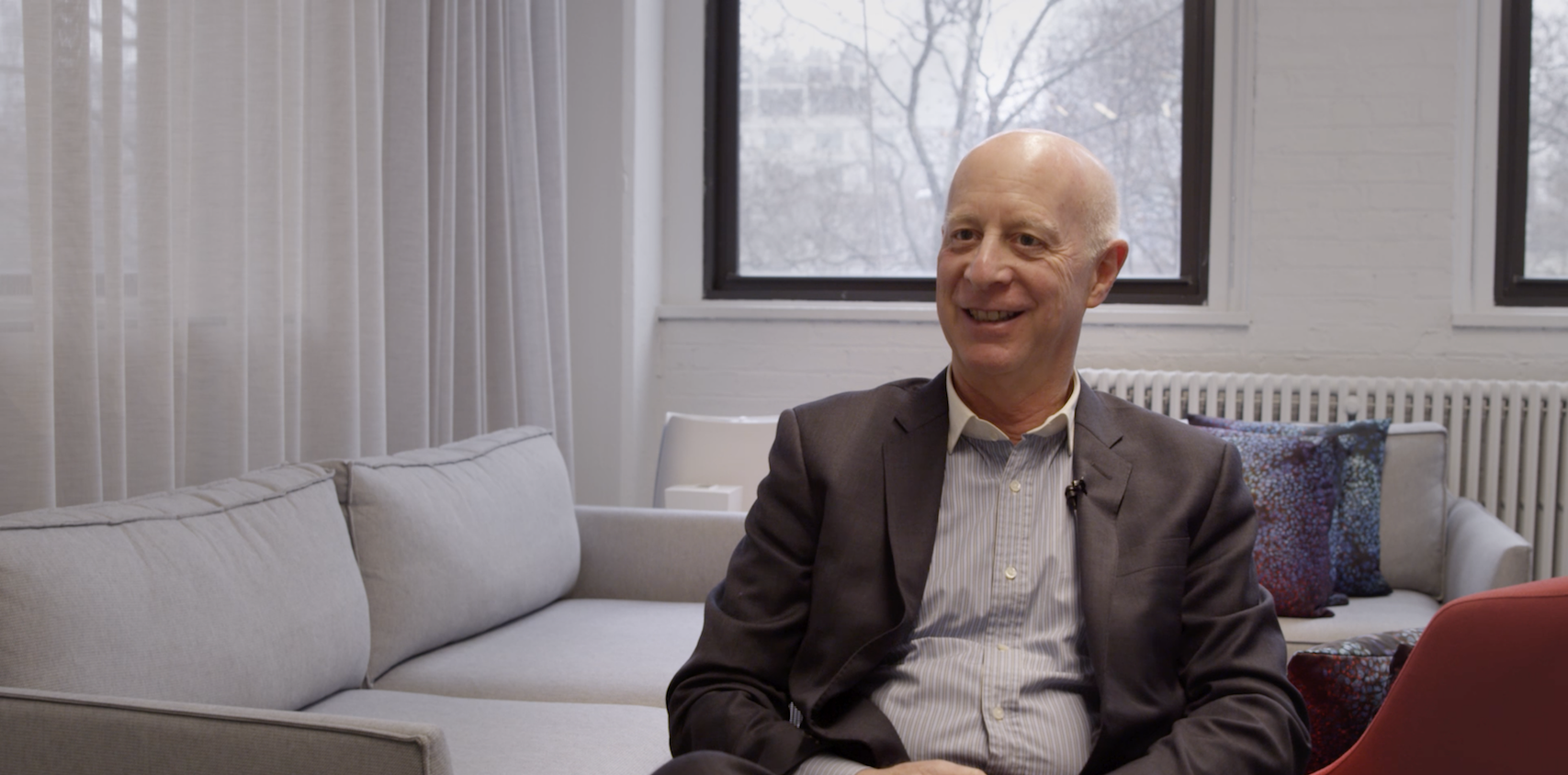Paul Goldberger
For the eleventh episode of the ‘Building the Future’ series, leading American architectural critic Paul Goldberger, recounts how Norman Foster seems “always to have been a presence” in the global architectural scene, and how in recent years his presence has been increasingly felt in the United States.
Goldberger draws our attention to two projects which were critical moments in cementing Norman Foster’s reputation. First came the Willis Faber Building, which “put him on the international radar screen”, and second the Hongkong and Shanghai Bank. Of the latter Goldberger comments that it made Norman Foster “a major force in international architecture”, while at the same time transforming the aesthetic of the skyscraper and the working practice of his studio.
On the question of new interventions to historic buildings, Goldberger challenges the design approach which seeks to respect the past through “mimicry”. The work of Norman Foster, in such locations as the British Museum and the Carré d’Art at Nîmes, is successful through being “assertively modern” and harnessing the power of juxtaposition. For Goldberger, Norman Foster’s interventions here achieve “elegant balances between old and new” and avoid direct imitation.
Considering Norman Foster’s contribution to architecture, Goldberger explains how his works have established new paradigms for modernism, while retaining as strong a commitment to its aesthetic as the buildings which originally inspired it. This includes an approach Goldberger defines as “urbanistically sensitive” and with such a multifaceted career, different aspects of this approach can be found in different projects.

